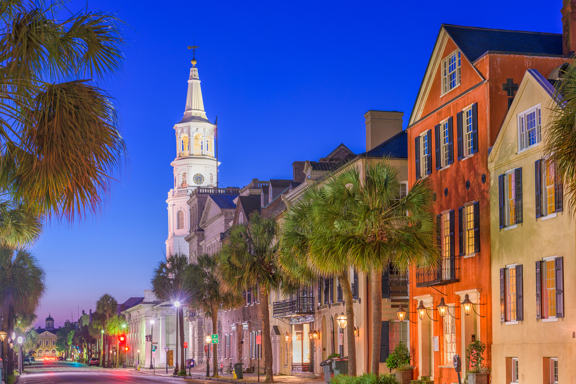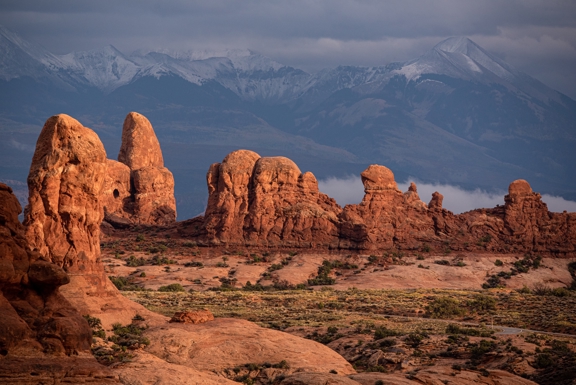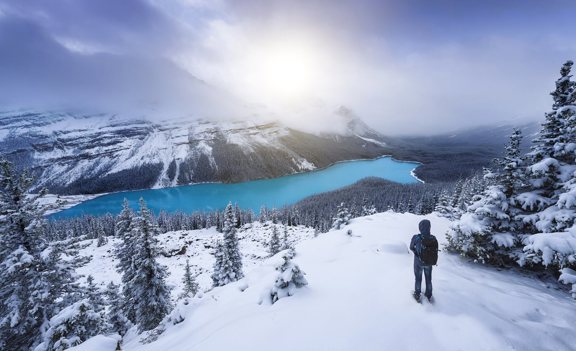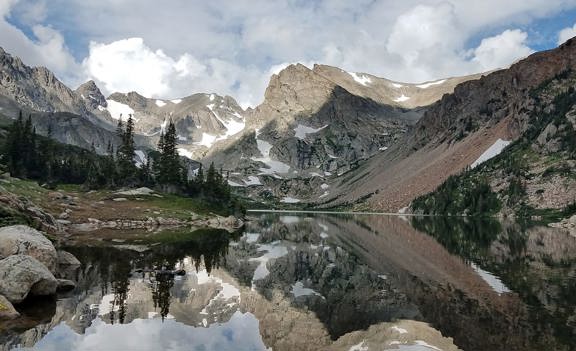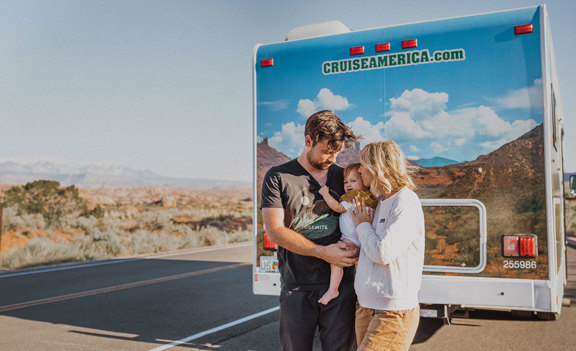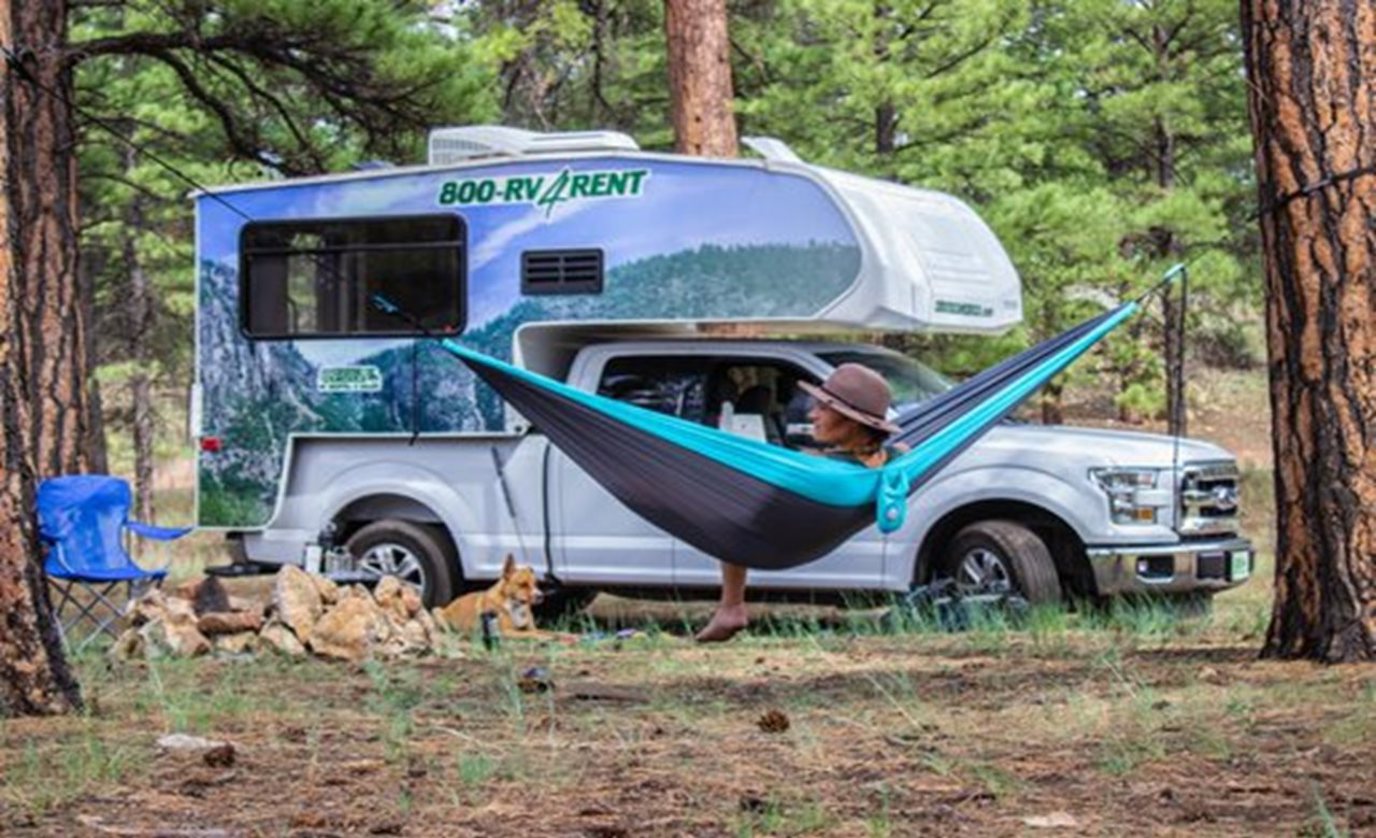
What is the 3-3-3 RV Travel Rule & Why It’s Important
ShareThere’s a tendency among first-time RV buyers and renters to want to see everything. You’re going to travel across the country, sleep every night on the road, and hit every national park in just one year (please don’t do this, you’ll barely scratch the surface of each one). However, it doesn’t take long to learn that pulling up stakes every morning and driving ten hours a day isn’t the RV lifestyle you were dreaming of.
With time and experience, most travelers will slow their pace, stop to enjoy the sights, and anticipate the unforeseeable. This acquired knowledge can be summed up in the 3-3-3 of RV travel.
What is the 3-3-3 Rule of RV Travel?
The 3-3-3 rule is a set of guidelines for how you can structure your travel for maximum enjoyment by driving only 300 miles per day, camping for three nights in every campground, and arriving at your site by 3 PM.
If those stats are a bit sluggish for your taste, there’s also the 4-4-4 rule or the 2-2-2 rule for travelers needing an even more relaxed pace; adjust according to your style of travel. Keep reading to learn how you can up your RV travel game with these simple rules.
Limit Your Drives to 300 Miles
Depending on your level of road trip experience, 300 miles might sound like a little or a lot. At 75mph, it only takes four hours to cover that distance. Rarely is RV travel so simple, though — crowded highways, road construction, not to mention bathroom and meal breaks, can easily turn those four hours into six or seven.
Most itineraries only account for the highway miles, but what about detours into the city or side trips to nearby attractions? When all the incidentals are accounted for, 300 miles is the farthest you’d want to travel in a day. Throughout those 300 miles, it’s a good idea to stop every three hours to stretch your legs, hydrate, and take your mind off the road for a few minutes. Call it the 3-3-3-3 rule.
Limiting yourself to 300 miles will also keep you and your fellow drivers safer. Fatigued driving can be just as dangerous as drunk driving, with studies showing 24 hours without sleep to be as detrimental as having a BAC of .10. That level of drowsiness can’t be overcome with a cup of coffee from the nearest truck stop either.
Stay for 3 Nights in Every Campground
Left to our own devices, most of us overschedule our trips, leading to more stress and expenses. Whether talking about road trips, international travel, or backpacking, slowing down ensures a more enjoyable adventure.
The night of your arrival usually involves a lot of preparation and guesswork, including familiarizing yourself with the hookups, unpacking all your gear, and making acquaintances with fellow campers. Do that every night, and you’ll never have time to relax. Committing to three nights at each of your stops ensures you have at least two full days of anxiety-free camping.
Depending on your transportation setup, which might involve bicycles, public transportation, or a second towed vehicle, staying for three nights at each campground gives you the option of base camping. You can set up your site perfectly, then head out during the day to explore while leaving your unwieldy RV back at the park.
If your days end with dry camping in a big box store’s parking lot, the three-night rule will not apply — most businesses generous enough to allow RV camping limit you to just one night. Try not to string together too many of these stops, as the stresses of dry camping and long days on the road can take a toll on your mood.
Always Arrive by 3 PM
Out of three rules, this is perhaps the hardest to follow. For some campers, sleeping late is a non-negotiable aspect of their vacation. Others might be distracted with various side trips, arriving at their campsite hours later than anticipated. However, following this timeliness guideline will improve your RV travel experience immensely.
Life on the road is full of unexpected challenges, and setting a deadline of 3 PM will give you some breathing room. If you don’t have a reservation for the night, 3 PM is the very latest you’ll want to arrive at a campground. First-come, first-serve sites are frequently snatched up in the early morning and will surely be gone later in the afternoon. Should all the available sites be full, you’ll have time to journey further down the road or find a free site like a Walmart parking lot.
Additionally, many campground hosts are only available for four or five hours each day, usually in the middle of the afternoon. You can still check in after the host is off-duty, but if any problems arise with your hookups or you need directions, it’ll be much harder to get assistance.
Get an RV Rental and Hit the Road with Cruise America
Ready to get on the road and explore some national parks? Cruise America has plenty of RV rentals available for you to choose from for your adventure. Check out our convenient rental locations all across the country, and start your RV journey today!
